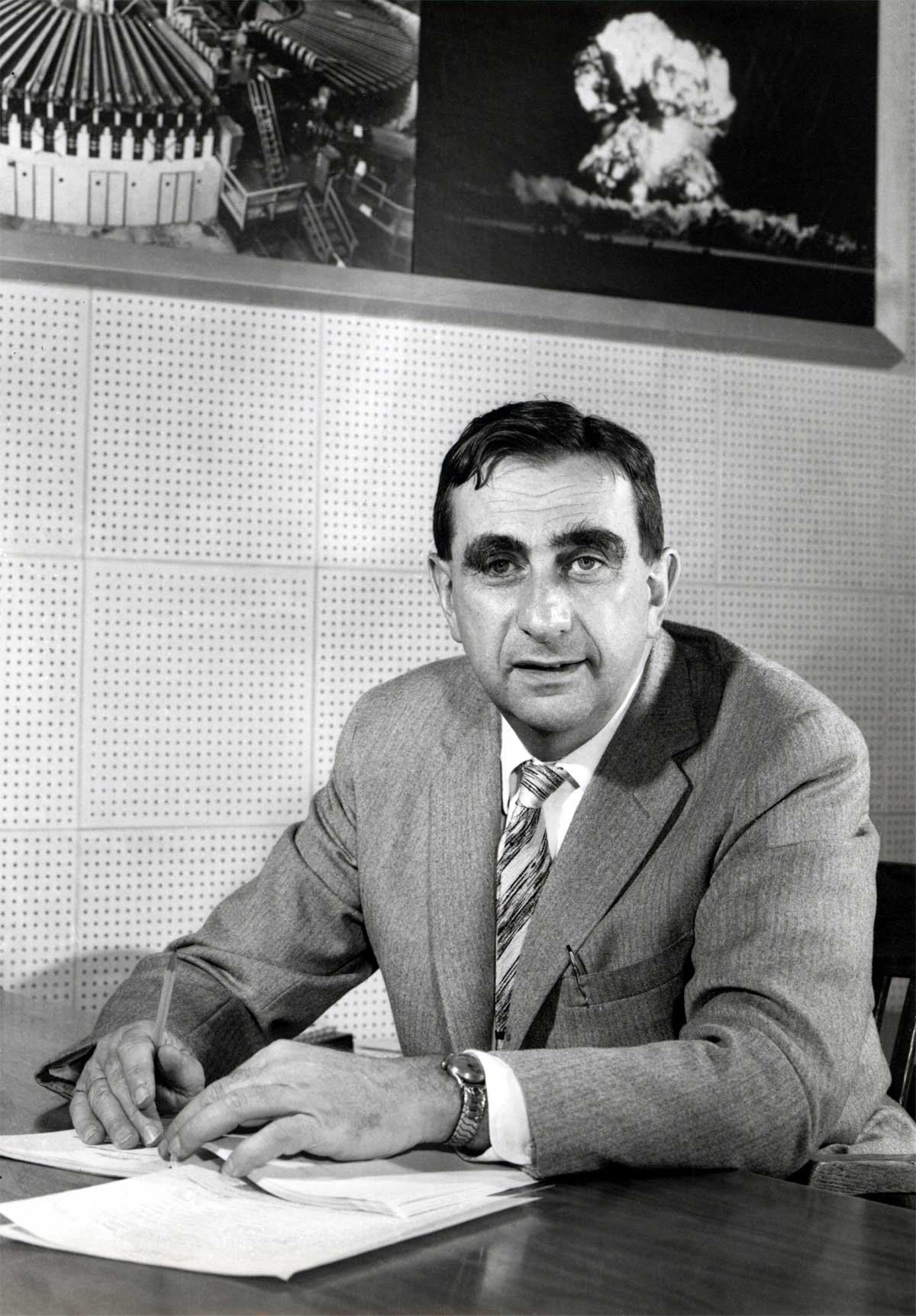The Hydrogen Bomb
After the Soviet atomic bomb success, the idea of building a hydrogen bomb received new impetus in the United States. In this type of bomb, deuterium and tritium (hydrogen isotopes) are fused into helium, thereby releasing energy. There is no limit on the yield of this weapon.
The scientific community split over the issue of building a hydrogen bomb. Edward Teller, who had explored the idea of a 'super' during the Manhattan Project, supported its development.

Men like J. Robert Oppenheimer, Enrico Fermi, and I.I. Rabi opposed its development. Fermi and Rabi wrote, "Since no limit exists to the destructiveness of this weapon, its existence and knowledge of its construction is a danger to humanity as a whole."
However the Cold War was beginning to escalate. A group of scientists led by Edward Teller supported its development. They made direct approaches to the military and the Joint Committee on Atomic Energy.
In 1950, President Harry S. Truman announced work on the hydrogen bomb was to continue. Savannah River, South Carolina, became the site for the nation's hydrogen bomb production facility the following year. The facility produced tritium for the nation's nuclear arsenal until safety concerns halted production in 1990.